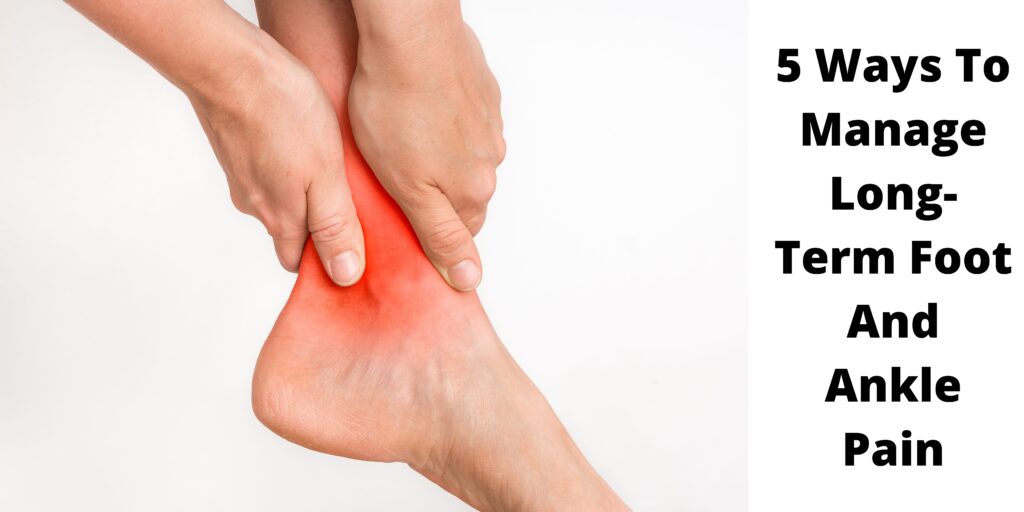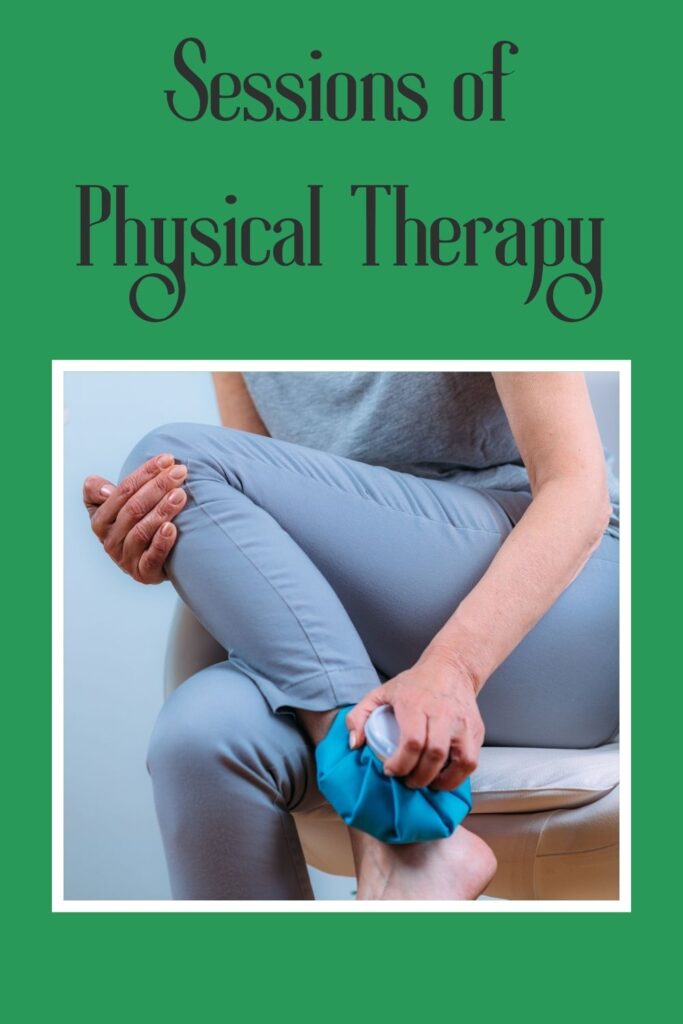Based on historical findings, it was no easy task to survive day after day in ancient times. Whether it’s because of extreme weather conditions, a sheer lack of resources, or wild animals in every corner, there’s always one hurdle after another. And not knowing how to overcome these hurdles would’ve led to humanity’s extinction. Fortunately, adaptability is a trait humans share. Without it, it’s unlikely for humanity to live this long in the first place.
However, as crucial as it is to be adaptable, it won’t be enough to survive the harsh way of life centuries ago. That’s why one’s physiology got utilized to the fullest. From people’s circadian rhythm down to their five tractable fingers, each part of the body has a purpose that can reinforce survival. So, it’s safe to say that having one of them damaged or defective could easily change one’s way of life.
Your limbs are some of the most vital parts of the body. After all, you can’t hold anything when your hands are compromised. In the same line, it’ll be challenging to go from Point A to Point B without functional legs. Although, as essential as they are, that doesn’t grant them protection from numerous external factors which could have lasting effects on them, especially for your foot and ankle.
What Causes Long-Term Foot And Ankle Pain?
As mentioned earlier, one’s lower limbs are vital for mobility. Otherwise, you need to go through the trouble of using mobility aids just to cross a few feet. However, you might be wondering what could be the reason behind the pain felt on your foot and ankle.
After all, even the slightest amount can easily affect one’s performance. So, by identifying what’s causing it, you’ll have a better chance of relieving it properly by searching online for websites, such as tetonfootandankle.com or other foot health care sites that have the knowledge in injecting cortisone to alleviate the pain.
Strain And Overuse
Since it’s rare for people to remain in place for the better part of the day, your feet will undergo aches and pains over time. Considering they’re holding up your body weight, it’s only natural for them to strain the longer you stay on your feet. But because it’s necessary to keep moving from one place to another, some people would rather disregard the pain in favor of getting their tasks done.
Unfortunately, as admirable as it is to display dedication, this attitude can easily backfire in the end. Because the more you practice this kind of mentality, the more likely it is for chronic pain to develop in your feet and even your ankles.
Health Constraints
Past injuries or certain health conditions can serve as a groundwork for this level of pain to fester. With old injuries, there’s a higher chance your feet will heal over time, especially under proper care and maintenance.
But then again, despite the amount of attention you pour into it, there are some cases where doctors might claim you’re in perfect condition after undergoing multiple sessions of physical therapy. While this could apply to many, it’s not wise to generalize the entire population with the risk of nerve damage still on the table
On the other hand, health conditions such as arthritis or gout can leave your joints even more susceptible to strain. By serving as catalysts, these conditions can easily impact your body. But the areas receiving the brunt of this impact will be your joints. As a result, continuous bouts of pain would shoot up from these affected areas, which might reach a point where it’ll be too painful for you to walk anymore.
How Can You Manage The Pain?
Admittedly, many situations can leave your feet and ankle in pain for an extremely long time, even for the rest of your life. So, while it may feel impossible to do anything else but lie down and take it, there are still many alternatives available that can help keep the pain within manageable levels.
- The RICE Method
The RICE method is a quick at-home treatment that patients with foot and ankle pain can enjoy. RICE is an acronym for Rest, Ice, Compress, and Elevate. These are the four actions that comprise this method.
First, what you need to do to get this method started is to ‘Rest’. After all, as mentioned earlier, straining oneself can be extremely inefficient since you’re forcing your body to keep going instead of taking a well-deserved break. What you need to do to ensure your body’s natural healing is to avoid applying any weight to the affected areas.
Because you’re supposed to be healing, make sure to move as little as possible, especially in the first few days when it’s still fresh. But once you’re starting to heal a little more, use crutches or a cane to make it easier to move. As long as there’s pain in the affected area, it’s highly recommended you keep your weight off it.
Since you’re bound to see some swelling from your injury, always have a bag of ‘Ice’ or cold compress ready. You need to press it on the swelling area for at least 20 minutes, with more interval sessions later on. Ideally, doing these three to five times a day for three days can do wonders in reducing the swelling, even any lingering numbness will go away eventually.
Now you’re starting to reduce the damage, don’t forget to ‘Compress’ it. This way, it prevents it from moving around while the injury’s still fresh. On top of that, you should ‘Elevate’ it with pillows to have it above heart level to guarantee healthy blood circulation.
As you’ve probably noticed, this method is much more suitable for fresh foot or ankle injuries. After all, knowing how to treat it while it’s still early can significantly impact its recovery. But despite this, it’s still too soon to chalk it up as ‘fully recovered,’ especially when there’s nerve damage to think about, as well as tissue damage. Although, by applying this method from start to finish, it’s easy to say you’re managing the pain well.
- Orthotics
As mentioned earlier, there are many reasons why some people have long-term pain in their feet or ankles. If you mention a health condition or past injury, there’s a higher sense of urgency to immediately have it treated to keep it from worsening. However, if you reveal that the reason behind this pain is footwear that’s a size too small, it might get some mixed reactions instead.
Compared to having chronic pain from arthritis, hurting your foot from an ill-fitted pair of footwear doesn’t seem as ‘serious.’ However, even something as simple as that can easily affect your feet. Since they can cause pain while wearing them, you’ll most likely damage some nerves and tissue by wearing such poor-fitting footwear.
If the pain persists, wearing orthotics should help support your feet. Fortunately, with how generalized the term is, orthotics can be anything from braces to padding, or even specialized footwear. By wearing something that absorbs energy or adds support, you’re bound to receive comfort while going about your day without feeling any pain during the entire time.
- Medication
With how advanced technology is, there’s no doubt how the medical field benefits from the fruits of its labor. And one of these ‘fruits’ is found in the staggering number of drugs already created for all sorts of diseases and health conditions. But in this case, what you’ll need the most are nonsteroidal anti-inflammatory drugs (NSAIDs) to reduce inflammation and swelling. Although, if a health condition triggers your foot pain, it’s highly recommended you consult a doctor beforehand to get prescribed the appropriate medication.
- Therapy
Undergoing therapy meant targeting your weaknesses to improve on them even further. Consequentially, honing on these weak points trains them to gain strength. Your capacity to achieve your peak performance could be within your reach by gaining strength.
In this case, since parts of your body are hurting, physical therapy might be your key to salvation. In this kind of therapy, you’ll be doing various light exercises to stimulate and stretch out the muscles in your feet and ankles. Doing so encourages flexibility while ensuring you won’t strain yourself anymore in the future.
- Lifestyle Changes
Whether it’s a result of an accident or a health condition, you’ll need all the nutrients to ensure your body keeps producing specific vitamins that help strengthen muscles and joints. For example, Vitamin B9 aims to repair muscle tissue and create new cells, which are perfect for healing from an injury. While eating food rich in vitamins is essential, it doesn’t hurt to consume supplements or multivitamins to boost your nutrient intake even more.
Other than a healthy diet, stretching before doing anything is something you should get used to. Otherwise, you might sprain something after all that effort in repairing your muscles. Make sure to schedule a regular massage session. Because not only will it relax your muscles, but it can also encourage your blood to circulate, improving the healing process.
Consult Your Doctor
Although there are multiple ways to manage the pain, your doctor will always have the last say. Because even though these methods worked with other patients, there’s no guarantee you’ll receive the same results. Therefore, if you remain in pain despite already doing the mentioned methods above, surgery might be your best option yet. So, before you try out any solution, always adhere to what your doctor has to say.


